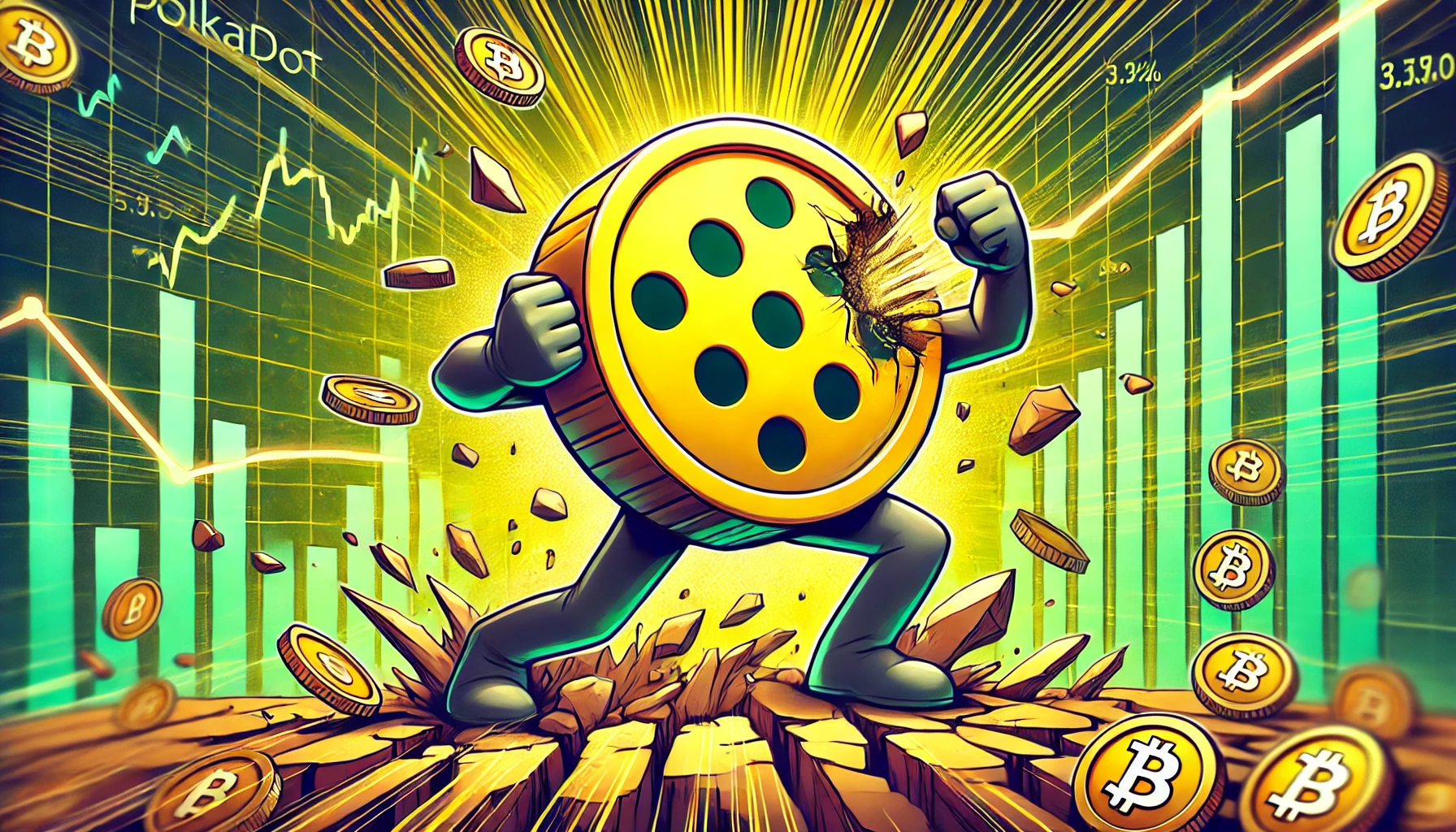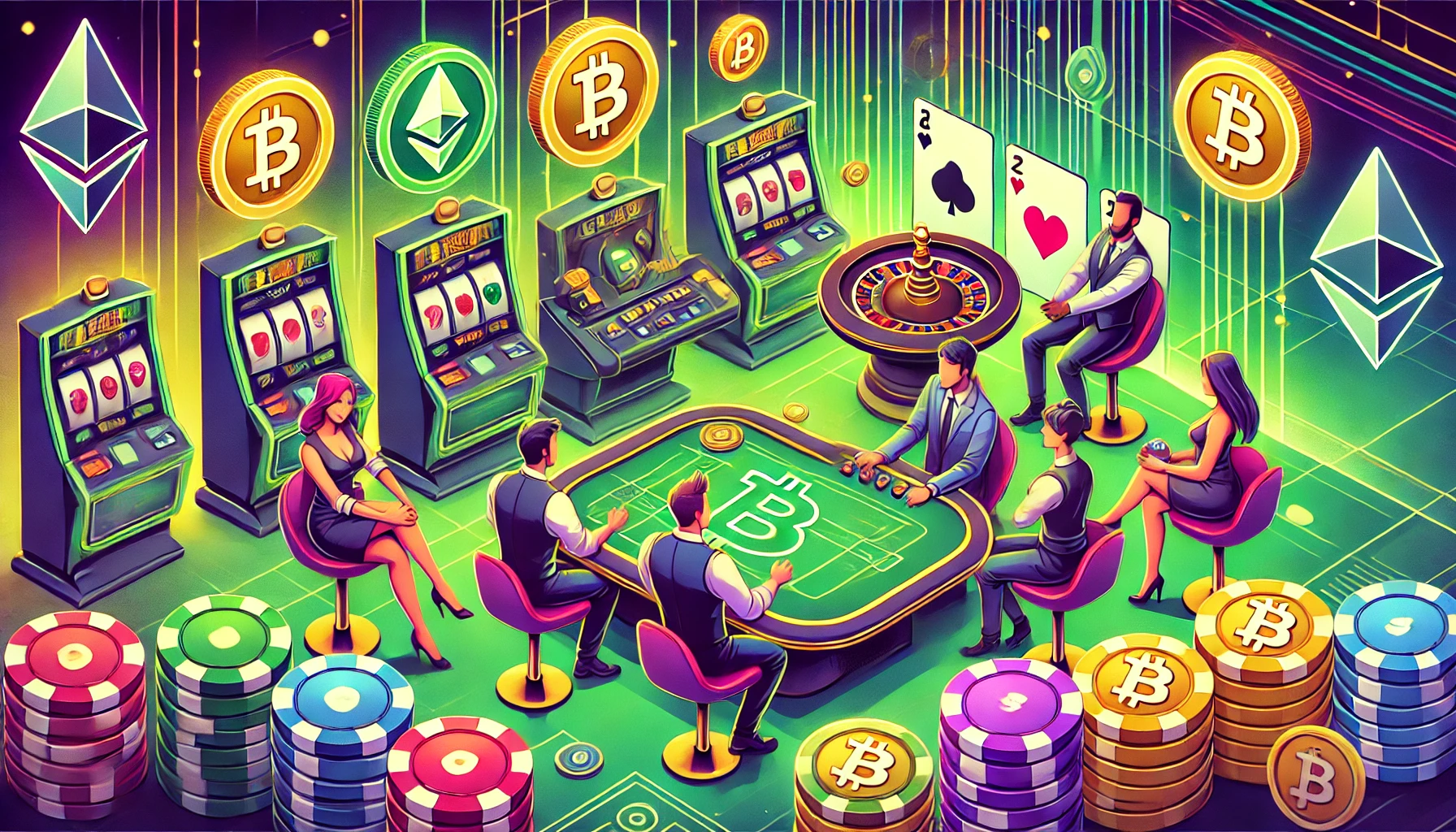The rise of meme coins and community-driven cryptocurrency has proven that anyone can create a token—even a 13-year-old. In November 2024, a young developer known as “Quant Kid” created a meme-based cryptocurrency, Gen Z Quant, with just $350. What followed was a chaotic rug pull, a revenge pump, and a market cap surge to $85 million. This event left many wondering: How difficult is it to create a crypto token?
The truth? Not difficult at all—especially with today’s tools. While building an independent blockchain requires significant technical expertise, creating a token on an existing blockchain is surprisingly simple. In this guide, we’ll walk you through the fundamentals of token creation, from choosing a blockchain to launching and marketing your token.
Cryptocurrency Token vs. Coin: What’s the Difference?
Before diving into token creation, it’s essential to differentiate between tokens and coins.
- Coins operate on their own blockchain (e.g., Bitcoin on the Bitcoin network, Ethereum on Ethereum). They serve as native currencies and are used primarily for transactions and storing value.
- Tokens exist on pre-existing blockchains (e.g., ERC-20 tokens on Ethereum, BEP-20 tokens on BNB Smart Chain). They can represent utility, governance rights, or even meme-based assets within a blockchain ecosystem.
Since launching a new blockchain requires extensive coding knowledge and infrastructure, most new crypto projects opt for tokens rather than coins.
Choosing the Right Blockchain for Your Cryptocurrency
Selecting the best blockchain is crucial as it affects transaction fees, security, and adoption potential. Here are three of the most popular options:
1. Ethereum (ERC-20 Tokens)
- Pros: High security, large developer community, extensive resources
- Cons: High gas fees due to network congestion
- Best for: Established projects with long-term scalability goals
2. BNB Smart Chain (BEP-20 Tokens)
- Pros: Low transaction fees, faster transactions, backed by Binance
- Cons: More centralized compared to Ethereum
- Best for: Cost-efficient projects that need quick transactions
3. Solana (SPL Tokens)
- Pros: Ultra-low fees, fast transactions, scalable network
- Cons: Still a developing ecosystem with occasional network outages
- Best for: High-speed applications and meme coins with frequent trades
Each blockchain has its unique advantages. If your priority is decentralization and security, Ethereum is ideal. If you’re looking for low fees and speed, BNB Smart Chain or Solana may be better choices.
- Read More on Cbet Promo Code
How to Create Your First Cryptocurrency Token (No Coding Required)
Thanks to token creation platforms, you don’t need to write code to launch your token. One such platform is Pump.fun, which allows users to create Solana-based tokens in minutes.
Step-by-Step Guide Using Pump.fun:
- Visit Pump.fun – Go to the website and connect your Solana wallet (e.g., Phantom). Ensure you have some SOL to cover fees.
- Start a New Token – Click “Start a New Coin” and enter:
- Token Name (e.g., “My First Token”)
- Ticker Symbol (e.g., “MFT”)
- Description (e.g., “A community-driven meme token”)
- Token Image
- Finalize and Launch – Click “Create Coin” and confirm the transaction. The first buyer pays a small fee (~$2 in SOL) to finalize creation.
- Purchase Your Token – Buy some of your own tokens to ensure liquidity and attract early investors.
That’s it! Your Solana-based token is now live and ready for trading.
Advanced Customization: Coding Your Own Token
If you need full control over features like minting, burning, or governance, you may prefer coding your token manually. This requires:
- Smart contract development (e.g., Solidity for Ethereum, Rust for Solana)
- Deploying on Devnet for testing
- Writing metadata and configuring contract interactions
For developers, platforms like Remix IDE (Ethereum) and Anchor (Solana) provide toolkits for writing and deploying smart contracts.
How to Market Your Token After Launch
Once your token is live, marketing is key to attracting users and increasing value. Here’s how to gain traction:
1. Build a Community
- Create a Telegram/Discord group for updates and discussions.
- Engage in AMA (Ask Me Anything) sessions to build trust.
2. Leverage Social Media
- Promote on X (Twitter), Reddit, and Facebook.
- Post memes, updates, and viral content to increase visibility.
3. Partner with Influencers
- Work with crypto influencers to introduce your token to a wider audience.
- Consider sponsored content on YouTube, Twitter, and niche crypto blogs.
4. Paid Promotions
- Run ads on crypto networks like Bitmedia and Coinzilla.
- Get listed on price-tracking sites (CoinGecko, CoinMarketCap).
5. Get Media Coverage
- Publish press releases to announce your token launch.
- Pitch your project to crypto news sites like CoinTelegraph and Decrypt.
Marketing is just as important as token creation, ensuring your project doesn’t fade into obscurity.
Final Thoughts
Creating a cryptocurrency token is easier now than it has ever been, but actually succeeding takes more than just creating a token. A token should have transparent tokenomics, an engaging community, and active marketing for greater prospects. Appropriate blockchain, tools, and marketing will be key to building any asset, whether a meme token, a utility token, or a governance token.
If a 13-year-old is able to start a crypto project which causes disruption in the market, then so can you – just do it correctly.






